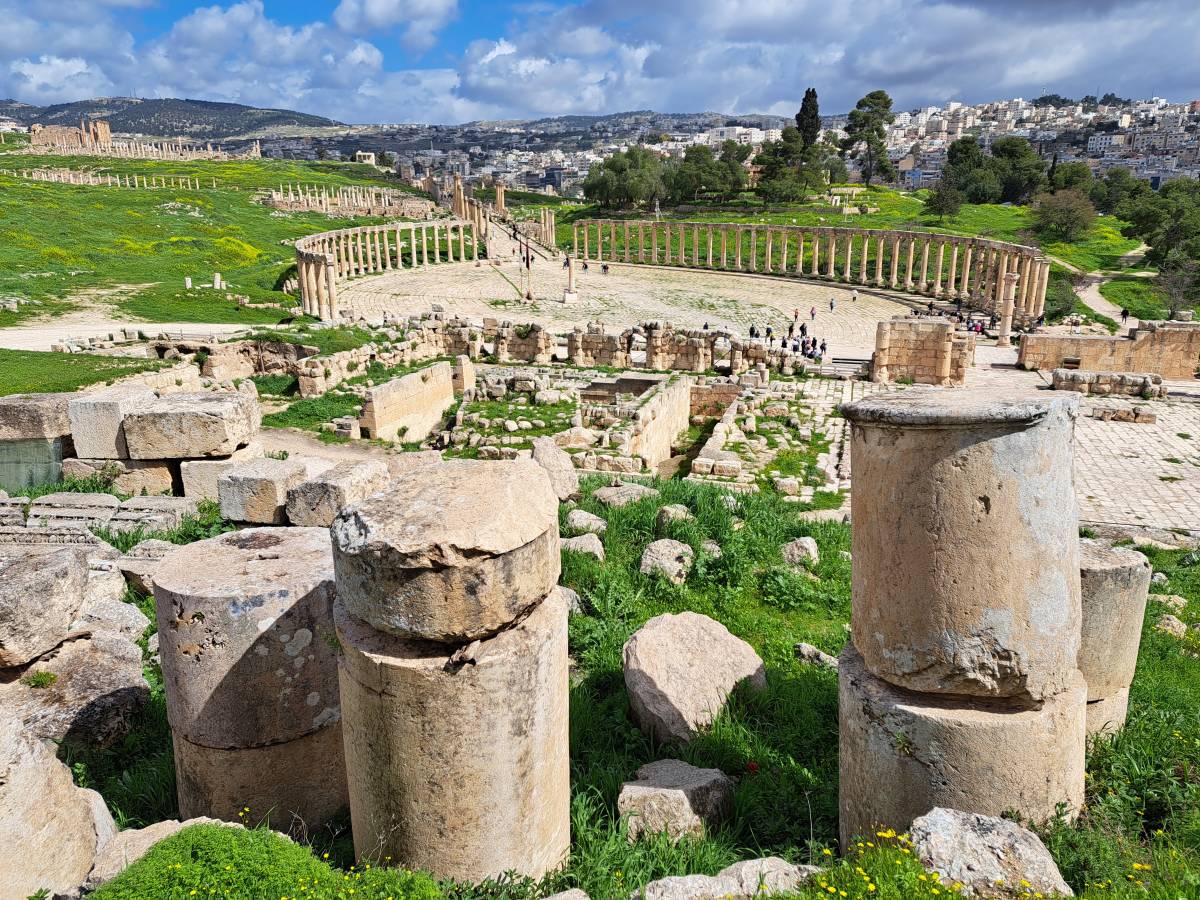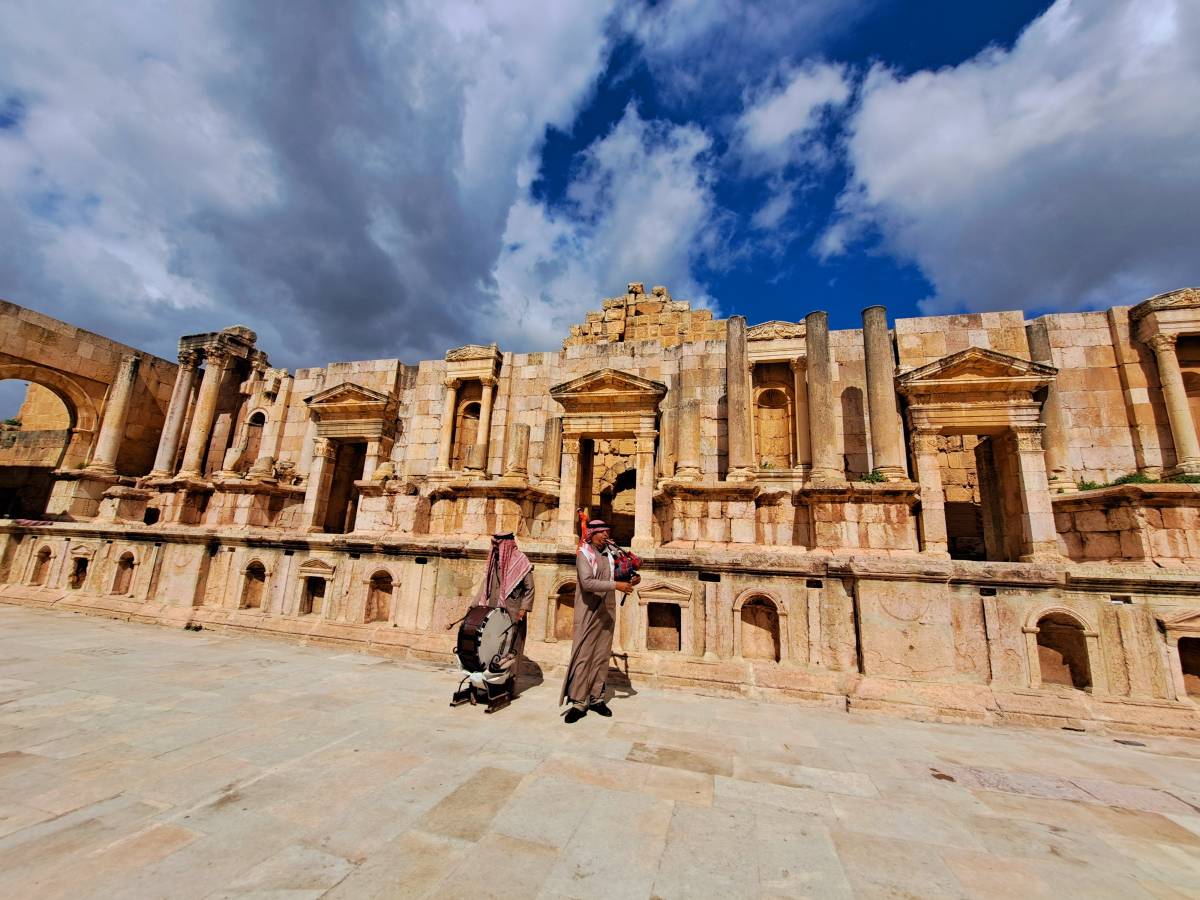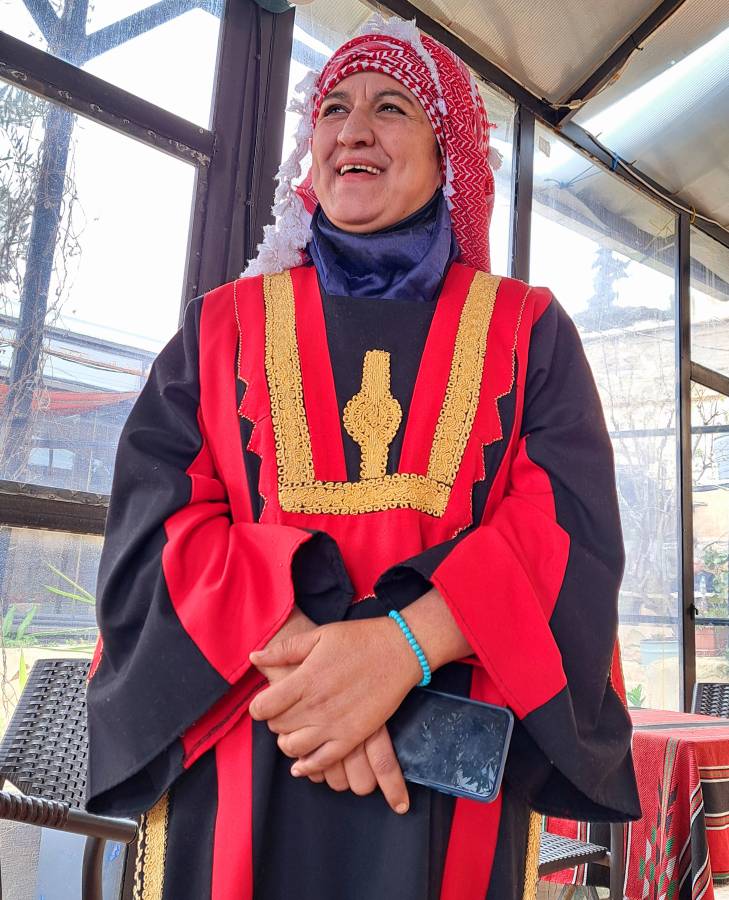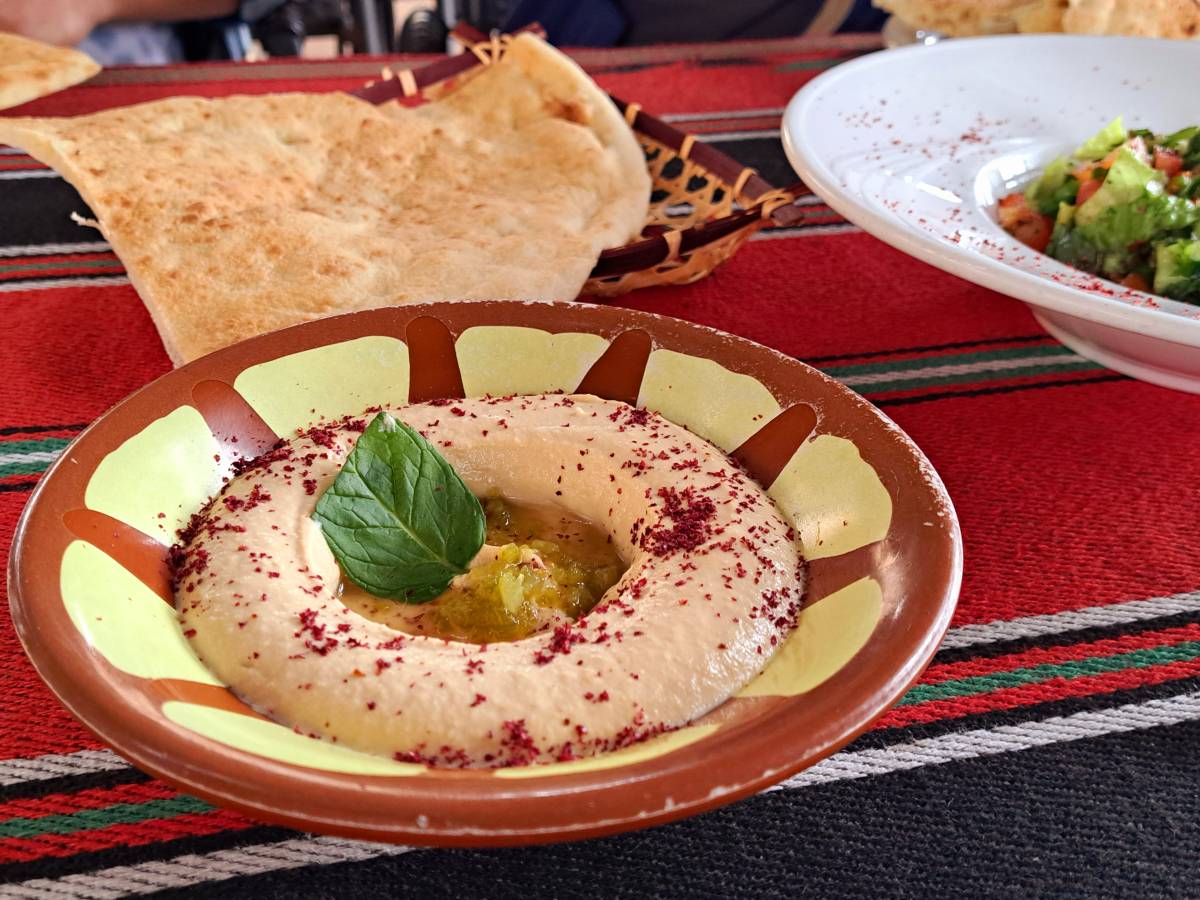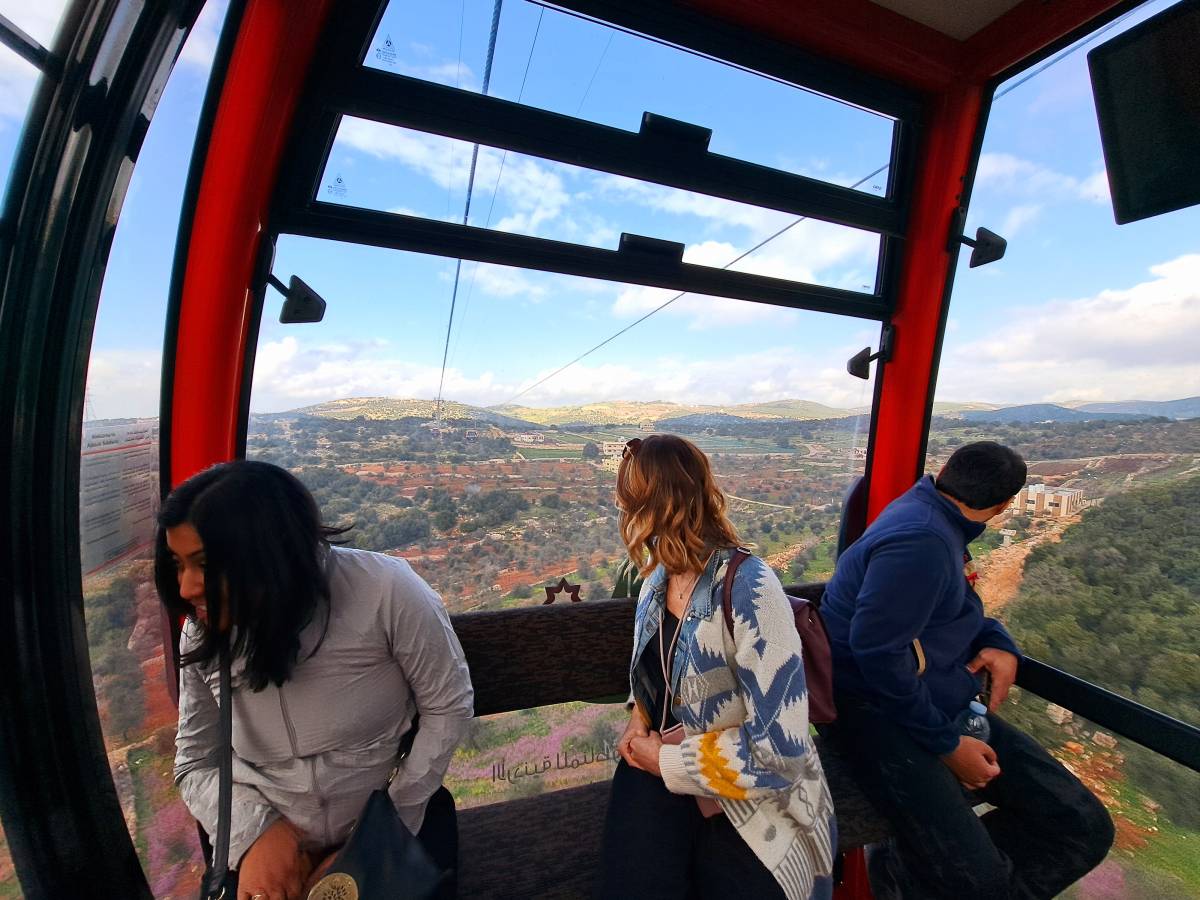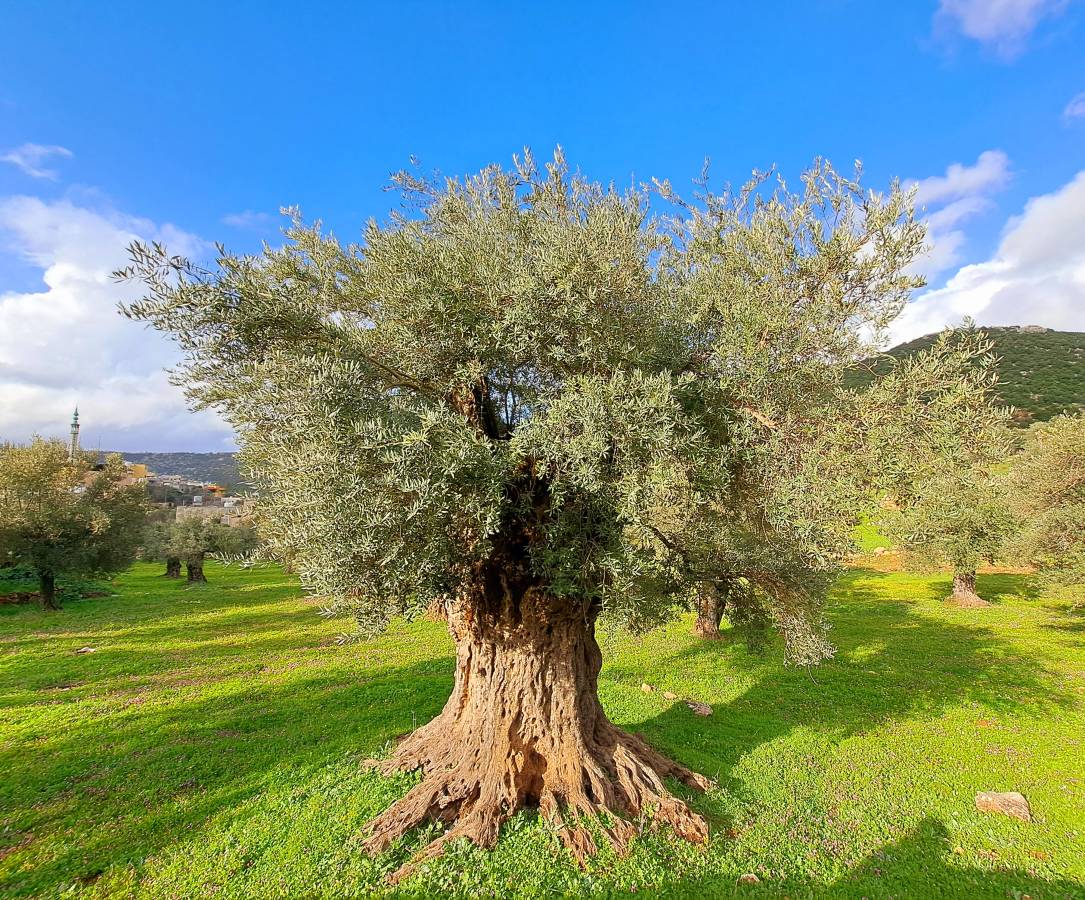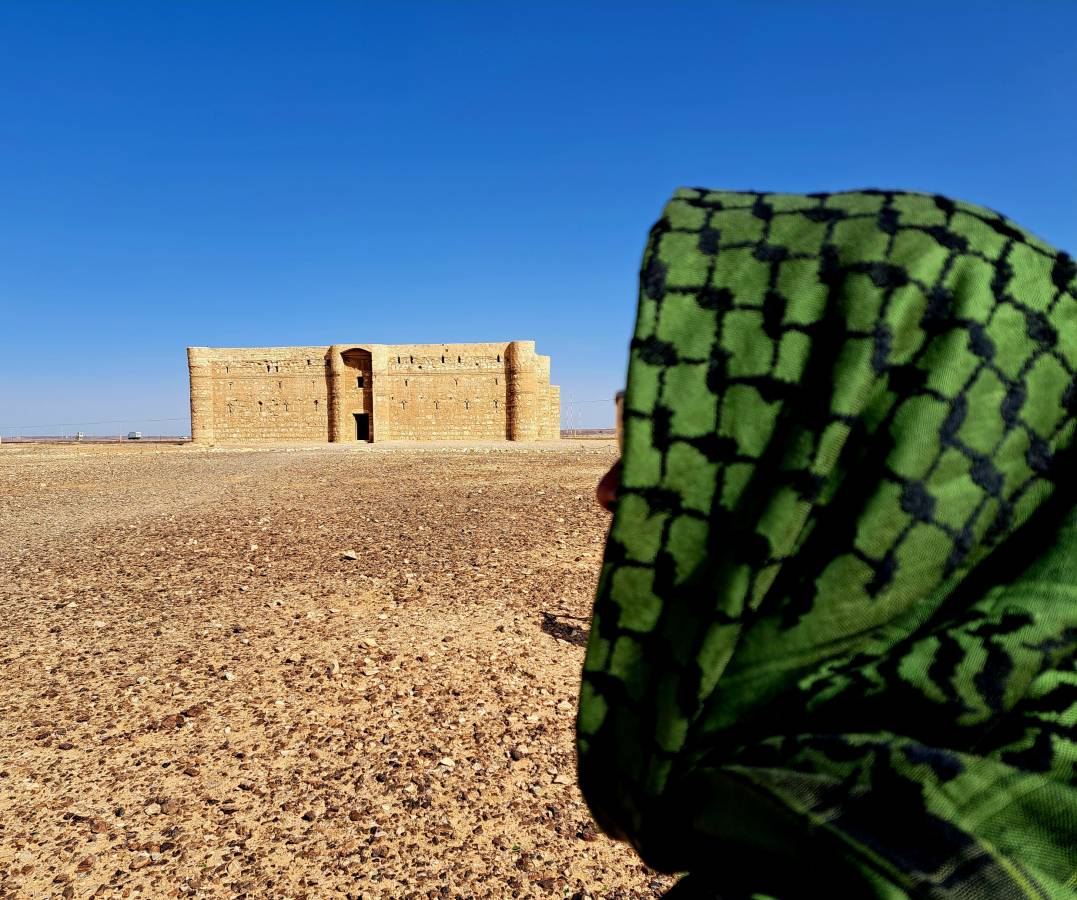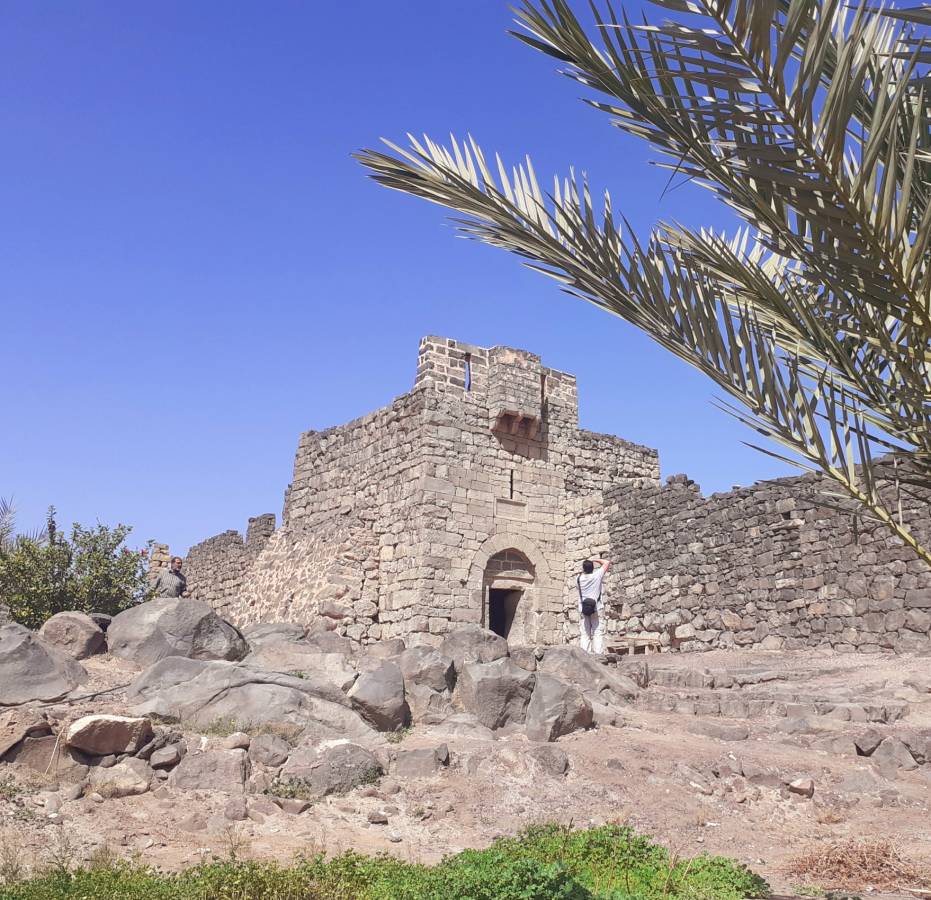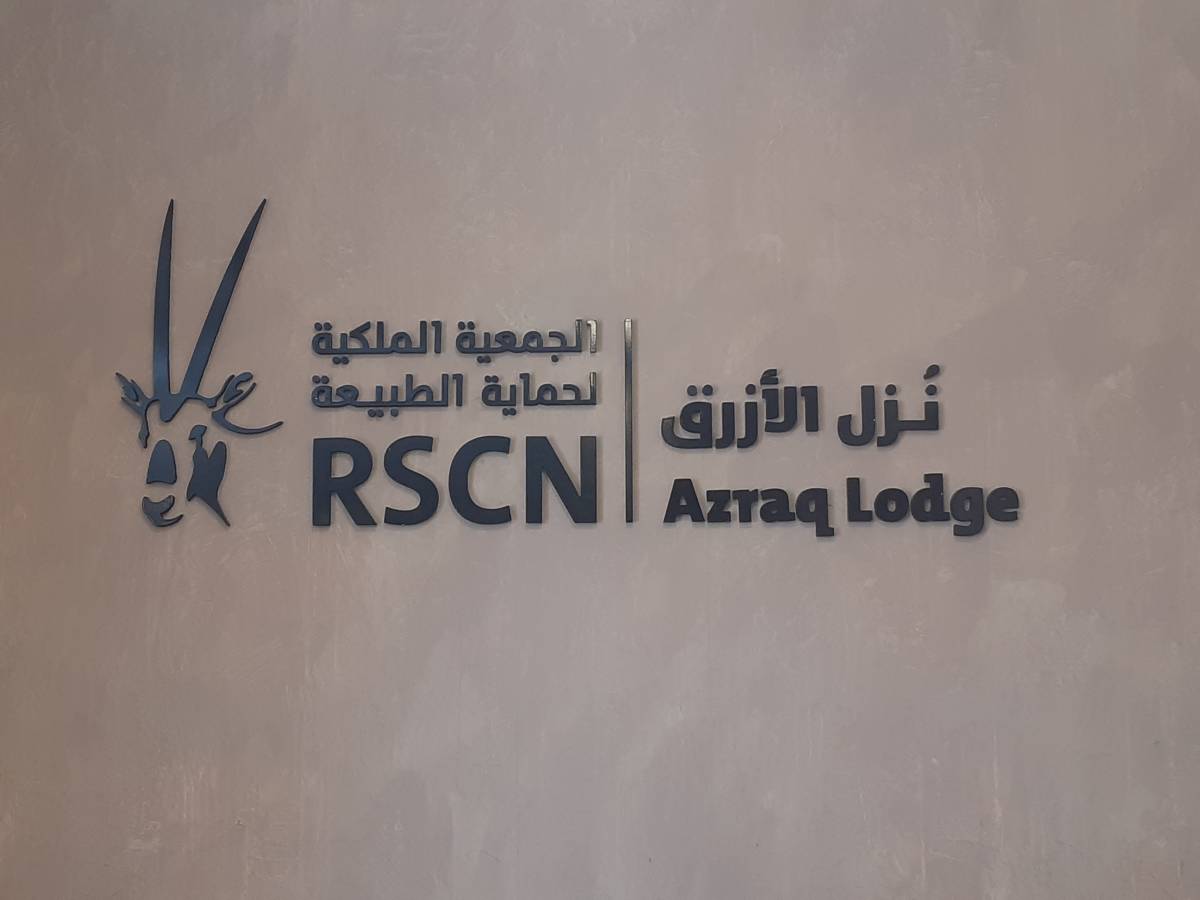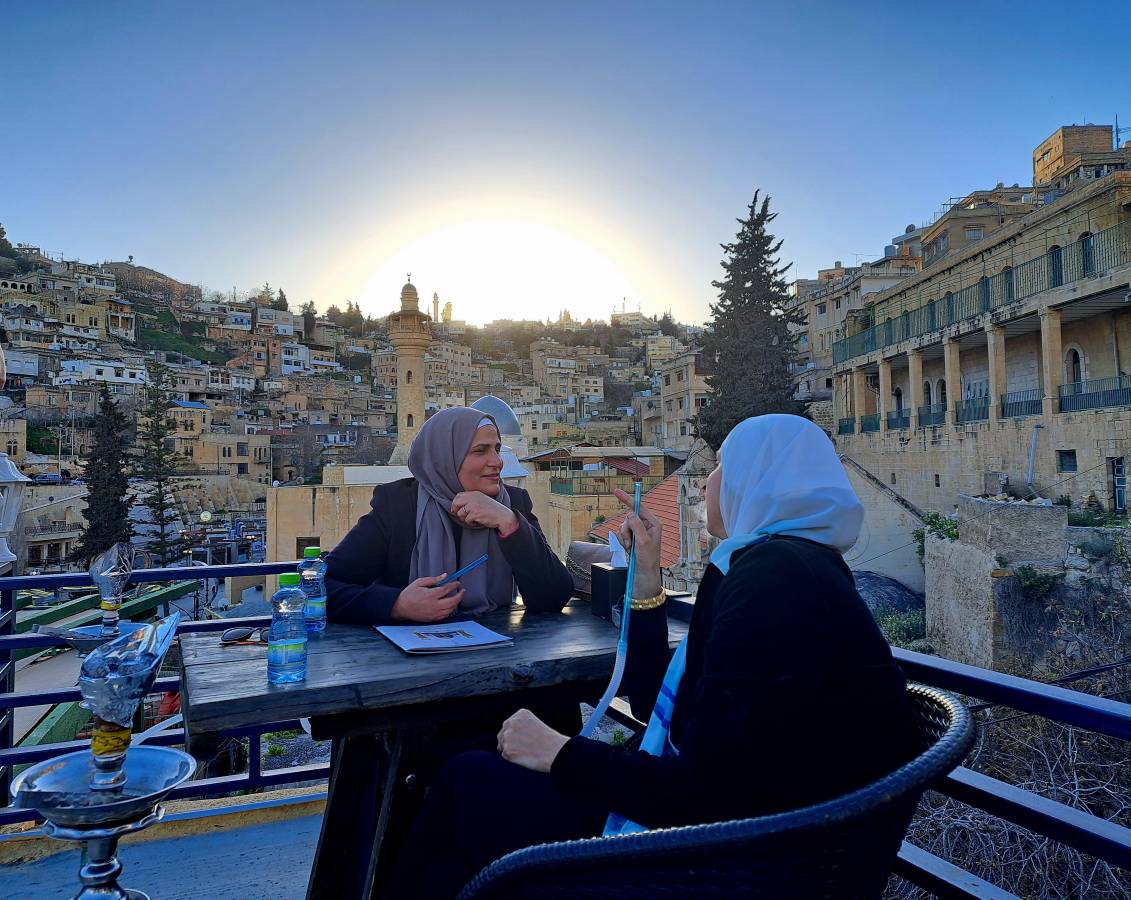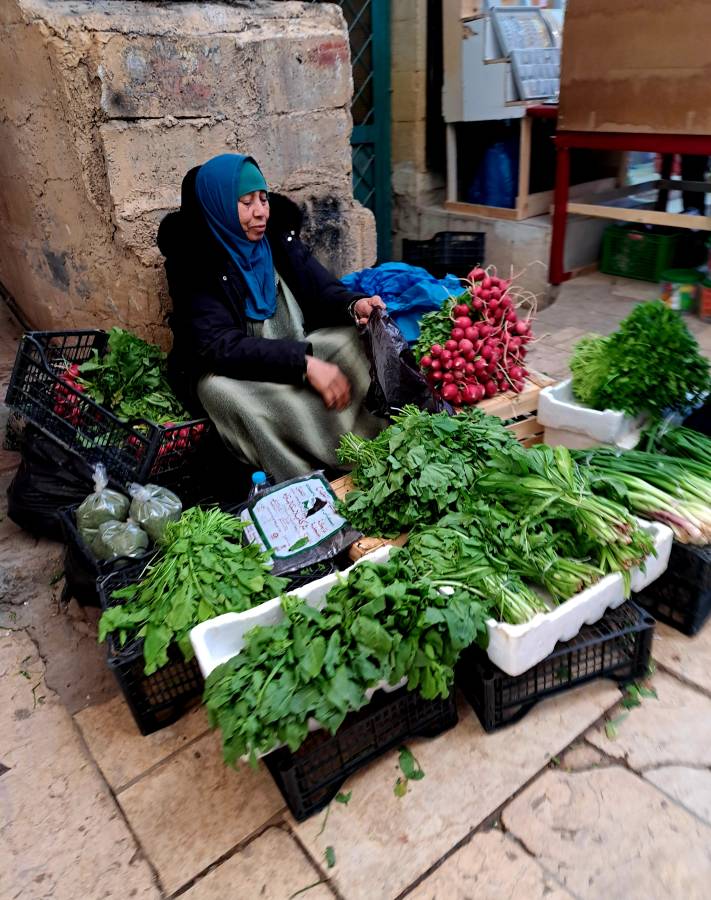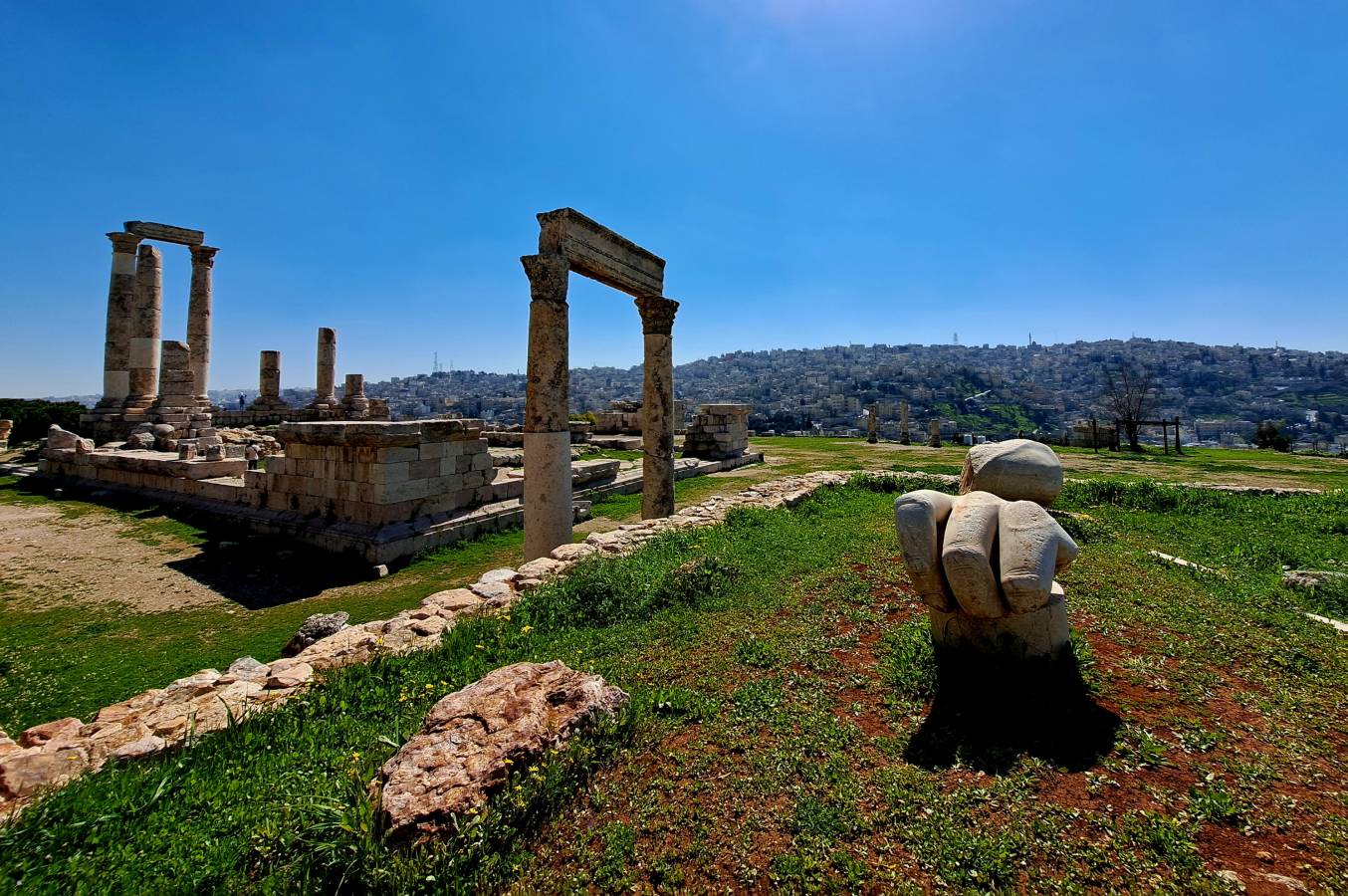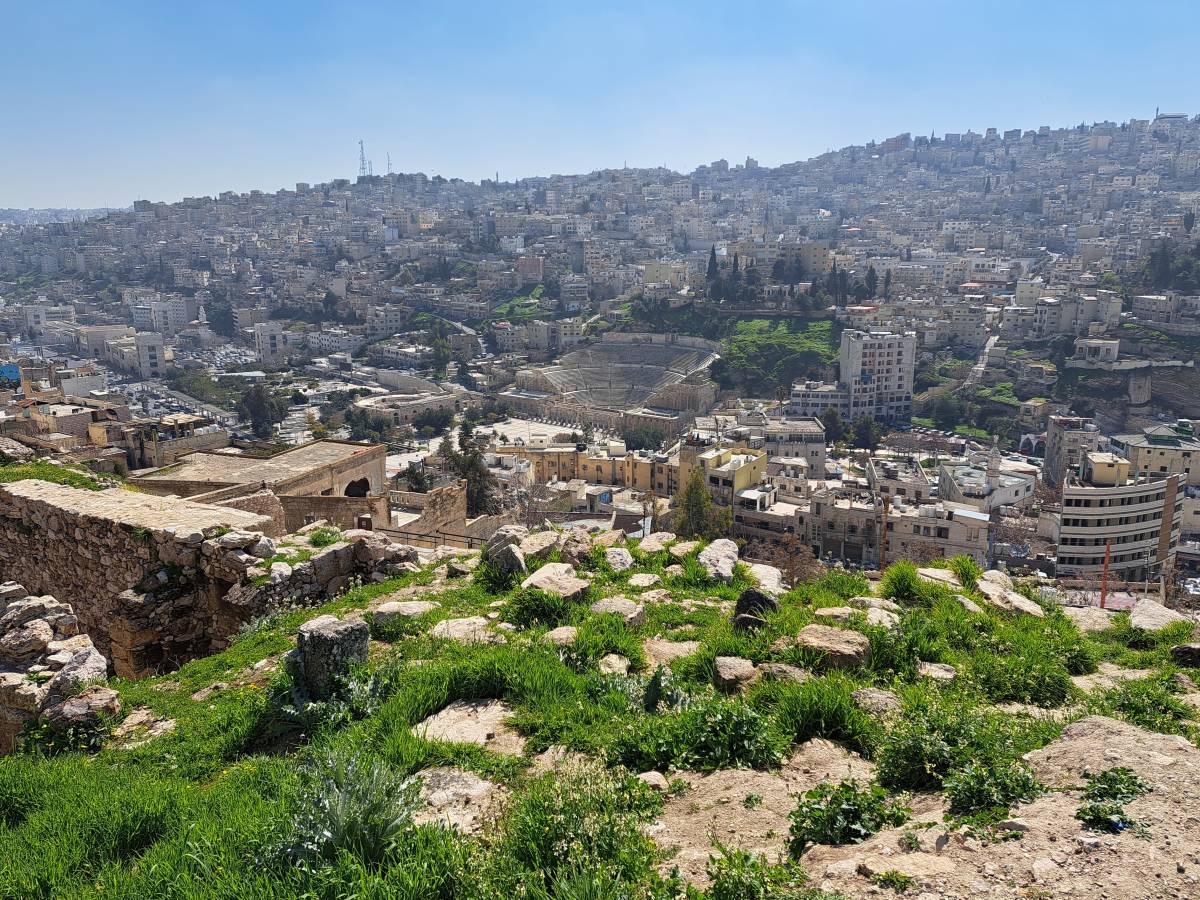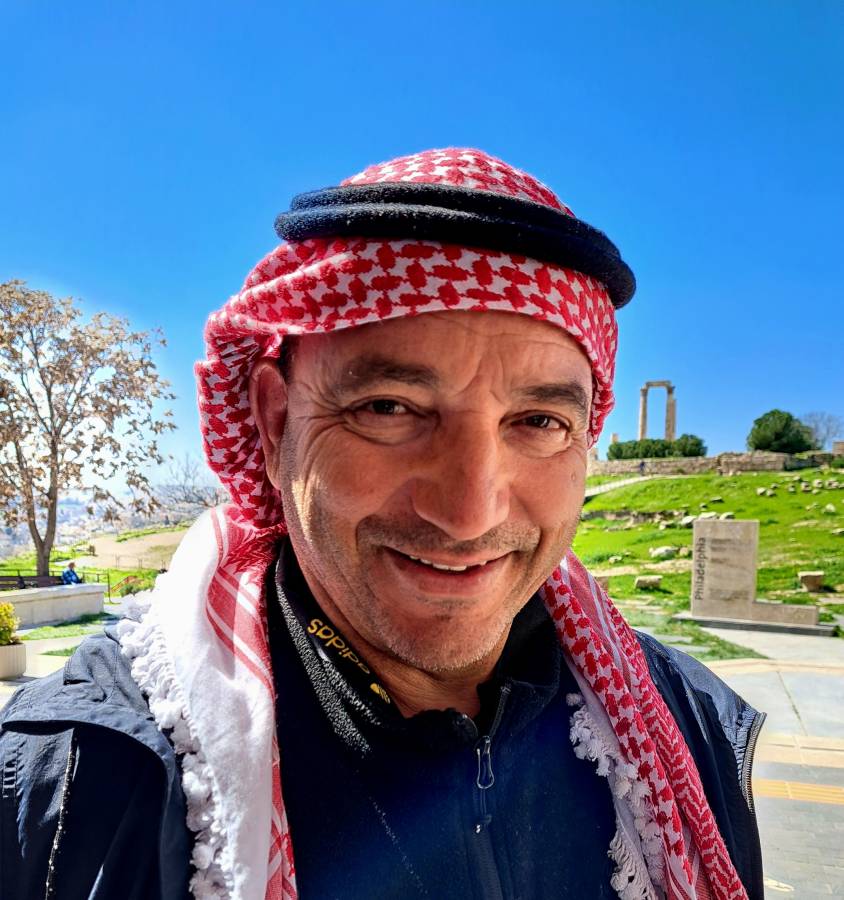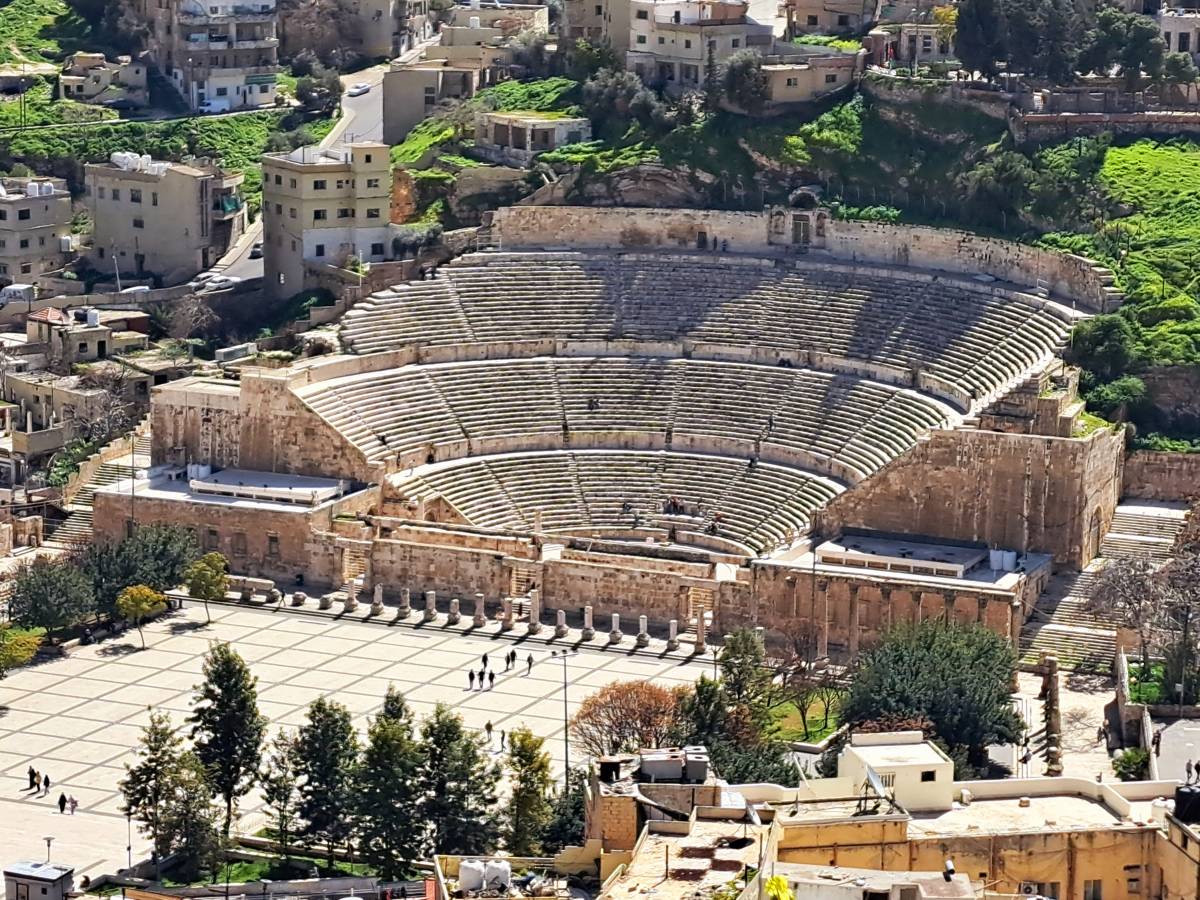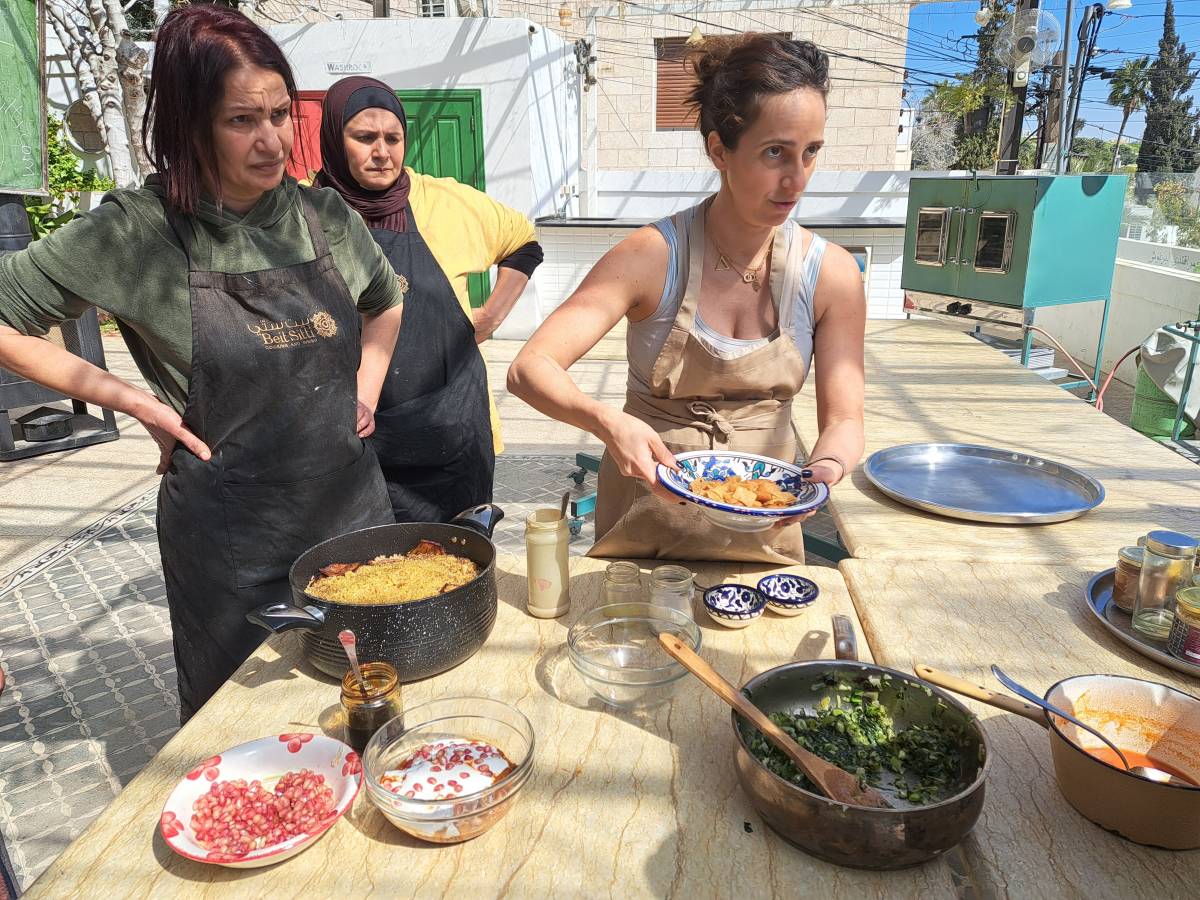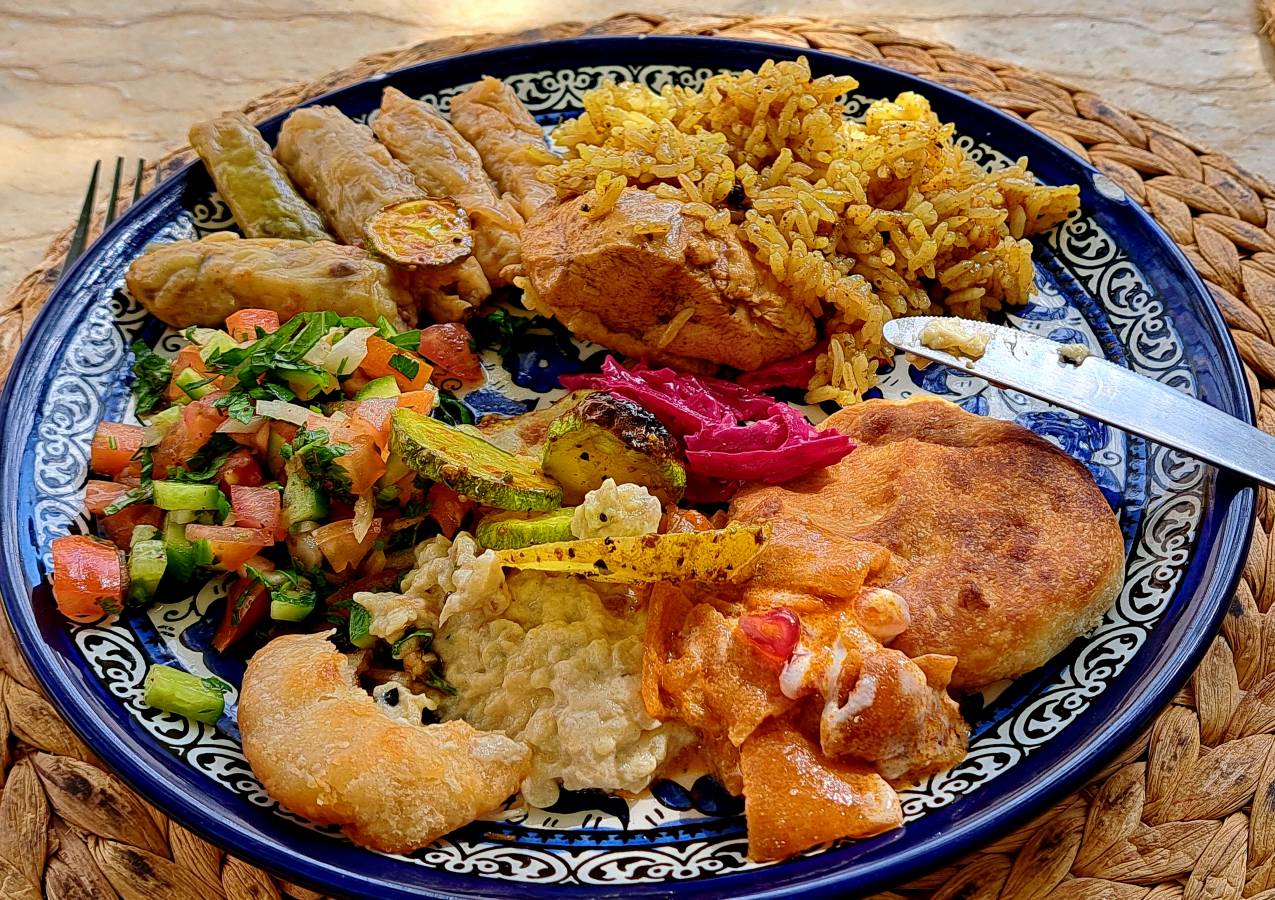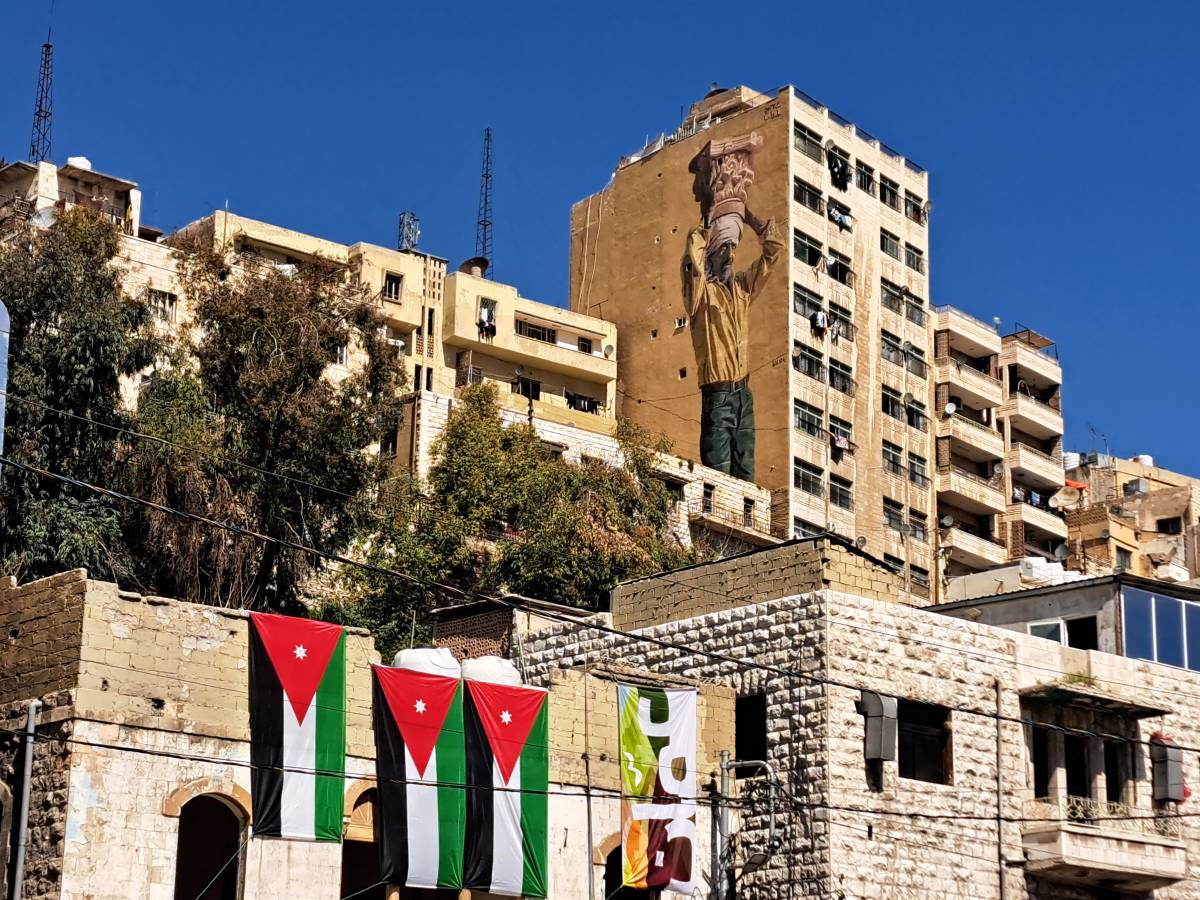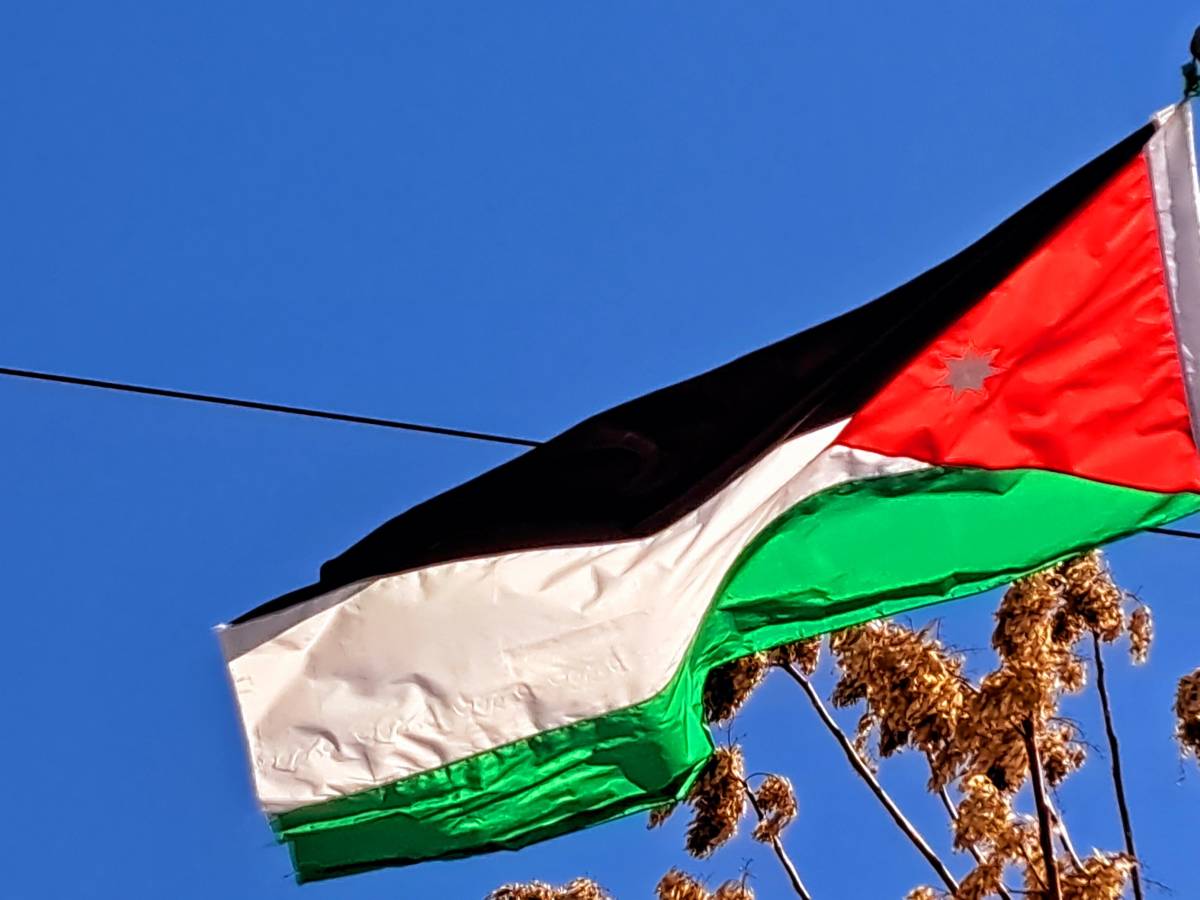THE HASHEMITE KINGDOM'S "WELCOME" TO JORDAN
“Tafaddal تَفَضَّل” literally translates as “please come in”; it’s meaning represents the Hashemite Kingdom of Jordan, so ingrained within the fabric of the nation is openness, generosity and of course hospitality, with roots delving back into the annuls of time and entwined with Bedouin culture.
As I stepped onto Royal Jordanian flight RJ114, the inaugural flight from London Stansted to Amman’s Queen Alia International, the stewardess ushered me into the cabin with this customary phrase. The national carrier has expanded its route network this year with operations out of Manchester and Stansted Airports and last year celebrated its 60th year of operation. Expansion, offers a positive reflection on the continued popularity of Jordan as a tourism destination, even during periods of regional instability. But the message is and has always been, that Jordan is stable and safe or as our eloquent guide ‘Majdi’ put it “a quiet house in a noisy neighbourhood”!
As sincerely used as the word “Tafaddal”, is the national pride held in the Royal family of Jordan. As soon as you touch-down at Queen Alia Airport and explore the country, you will see everywhere, a triptych of portraits side-by-side, displaying his late Majesty King Hussein bin Talal, beside the current ruler His Majesty King Abdullah II, followed by his son, Crown Prince Abdullah bin Hussein. These trio of portraits are proudly hung in every office, mall, market and home, such is the esteem Jordanian’s hold for their Royal family. Our guide Majdi often recited anecdotes from the life of the much-loved and late His Majesty King Hussein, the creator of modern-Jordan and whose legacy spans the medical, educational sectors and global diplomacy.
As we left Amman heading north, Majdi pointed out hospitals, universities and institutions, King Hussein was instrumental in creating; the current Royal family, Majdi added, are following in his footsteps, through support of projects and initiatives that make a difference to the lives of Jordanians. Her Majesty Queen Rania has seen tourism and the empowerment of women, as ingredients towards a more sustainable future.
This has recently shone a spotlight on the verdant north, to which our mini-bus was headed, pointing towards Jerash and Ajloun; we were retracing some recent royal visits to sites of antiquity, small villages and even local homes that are using authenticity, immersive experiences and eco-trails as means to welcome new visitors.
Jerash & social enterprise at Beit Khairuf Souf
The short drive north to Jerash, does not prepare one for the sight of this vast and venerable complex, which has always formed the centre-piece of the ancient and modern Jerash. It would have been one of the grandest ancient Roman cities in the world, and the level of preservation pays testament to that. The grooves upon the colonnaded streets bear witness to chariot wheels, whilst monumental archways, amphitheatres, bath houses and temples hold their shape amongst the strewn sandy-coloured masonry. Yet it is the main oval and colonnaded plaza, that provides a living-history moment and is still very much used to this day, as the stage for the annual folkloric 'Jerash International Festival'.
From antiquity to cultural heritage, we remained close to Jerash visiting a beautiful 19th century stone house, 'Beit Khairuf Souf'. In front, a terrace was dappled in shade by olive trees and became our al-fresco dining area. Vibrant table covers and cushions in hues of red, white, green and black patterns, echoed the ancestral Bedouin heritage of wool weaving, once a prerogative of women to create such items. Yet, here we were in a café & Restaurant owned, run and in support of local women, providing homemade Jordanian dishes, alongside cooking classes and handicrafts, skilfully made in local homes and now sold within this former residence, which provided our backdrop to lunch.
As we departed, women in traditional dress worked busily between tables serving meals; these entrepreneurial females still hold the social cohesion, solidarity and camaraderie of age-old Bedouin women weaving their patterns, but today it is for their own social enterprise.
The Verdant Highlands of Ajloun
The mini-bus continued its ascent towards Ajloun, we passed road-side stalls piled high with fruit and signs advertising olive pressing services, all of which pointed to the fertile soils we were soon to step upon. View any map of Jordan, and Ajloun is surrounded by greenery, quite unexpected in this largely desert kingdom.
Through new eco-sensitive projects, royal patronage and the growing popularity in green tourism, Ajloun is seeing a new wave of hikers, bikers, bird-watchers and active adventurists who now look north of Amman as much as south. One such project has been the inauguration of the Ajloun Telefrique in 2023. We boarded our cable-car at Ishtafina Forest station to cross the 2.5km course; once inside there is a zen-like moment to de-stress as we glided peacefully over undulating forests and hilltops, whilst glimpsing the 12th Century Ajloun Castle, located nearby the second cable-car station.
The telefrique forms part of the now established ‘Jordan Trail’ a 675km, 40-day route, trail and trek that runs through the spine of Jordan, from Um Qais in the north to the shores of the Red Sea in Aqaba. We were to sample a short walk in the village of Rasoun, the start of the 16.9km section running all the way to Ajloun Castle, along with our local hiking guide Issa.
The residents of the sleepy village of Rasoun, with its Ottoman era minaret piercing the sky surrounded by hillside residences are gradually becoming used to seeing hikers in their midst. Passing lemon, walnut and pomegranate trees draped lazily over courtyard walls, we crossed an orchard of olive trees, their trunks entwined and gnarled by age, with Issa suggesting they have been producing olives since Roman times and olive oil for the local economy to this day. Another but newer economy to the area is rock-climbing groups Issa continued; in the far distance, an overhang of limestone is where rock-climbers grapple with lizard-like intensity over the stone face.
Emerging from the olive grove, we followed the path of a freshwater mountain stream, careful not to step on the rockroses and windflowers, whilst listening to the guide list other flora and fauna: “prevalent here is the Evergreen Oak, the Carob, wild Pistachio and Strawberry trees and the wild boar, stone marten and Golden Jackal….” his voice tailing off as the call-to-prayer drew our attention.
The Jordan Trail, the Royal Society for the Conservation of Nature (RSCN) Reserves and the Hashemite Kingdom’s numerous ancient castles are all links in the chain connecting a new breed of eco-conscious and culturally aware visitors. Together, they provide a continuous and uninterrupted connection between north and south Jordan, using nature, culture and heritage in a sustainable way for the benefit of both tourists and locals.
The RSCN Ajloun Nature Reserve’s rustic cabins were to be our overnight lodging. The reserve provides forested trails to follow, vistas stretching as far as the snow-capped Al-Shouf Mountains and fresh air, accompanied by natures night-time chorus and the ubiquitous early morning call-to-prayer permeating one’s sleep.
Crossing from forest to desert
The juxtaposition between the greenery of Ajloun and the eastern desert could not have been starker, the Umayyad fortification of Qasr Al-Kharana dating to at least 710 AD, stands solitary, defiant and structurally sound, in the desolate desert plains. It forms part of a string of strongholds peppered across the country.
A few kilometres further west we found Qasr Amra, a hunting lodge and royal retreat, which earned its UNESCO World Heritage status largely due to the incredible frescoes preserved on the walls and ceilings. They depict varying scenes including hunting and craftsman, even scantily-clad dancing women, yet the standout fresco is located on the cupola above the bath chamber. It is the first known representation of the heavens with identifiable constellations and figures of the zodiac.
In the town of Azraq, another imposing fort, rose above its settlement and was waiting for us to clamber upon and explore. Apart from being constructed in dark basalt rock from around 1293 by the Umayyads, the other significance, were its former occupants, namely, T E Lawrence and Sharif Hussein bin Ali. They based themselves here in the winter of 1917–18 during the Arab Revolt against the Turks. From his quarters in the fort, T E Lawrence had views of the nearby palm-fringed oasis at Azraq, which today sits close to Azraq Wetlands Reserve. This is another of the RSCN lodges, which is helping to preserve and maintain what is left of the once vast wetlands. It has become another destination for birdwatchers to view some 300 species of resident and migratory birds. For our group, the lodge provided respite from the heat of the desert and another fulsome lunch prepared by locals from Azraq.
As-Salt – the 6th UNESCO World Heritage Listing in Jordan
Another contrast, for which Jordan has many, is between Amman and the city of As-Salt, just a short drive north-west from Amman.
As-Salt prides itself on characteristics of tolerance and coexistence, matched by an eclectic mix of architectural styles representing Ottoman, Art Nouveau and Neo-Classical styles and built in the distinctive local yellow limestone. The finest example of this is the merchant House ‘Abu Jaber’, now home to the ‘Old As-Salt Museum’ showcasing the city’s golden era during Ottoman times.
The View from the rooftop of ‘City Balcony Café', looked out upon several heritage buildings which have contributed to As Salt's inscription on the UNESCO World Heritage list in 2021, with ‘Abu Jaber House’, the finest example of a heritage mansion in As-Salt. From our perch in the café, we could have an intimate view upon its tall and elegant arched windows, behind which lie frescoed ceilings painted by Italian artists. The focus on surrounding buildings, soon turned to watching young Jordanians socialising, with iced coffees in-hand and the 'Argilah' waterpipe sat beside them, sending curls of scented smoke skywards.
As-Salt’s liberal and relaxed air was palpable, and the heritage trail we followed next, seemed to support that. We took a series of stone steps and ancient cobbled alleyways, passing the historical Saint George Orthodox Church, dating to 1682, before arriving at the door of Fatimeh Al Zoubi’s house. Climbing the zig-zagging stone steps towards her rooftop dining area, we were once again, following in the footsteps of royalty, this time both Her Majesty Queen Rania and The King & Queen of Sweden, had made recent visits to the Al-Zoubi family home, it was another example of female enterprise; Fatimeh’s talents in the kitchen have made her and her home a landmark in Salt.
Fatimeh’s family shuttled to and from the kitchen bringing many dishes, leaving ‘Mansaf' Jordan's national dish of tender lamb, a fermented and dried yoghurt sauce called ‘Jameed’ on a bed of rice, to make an almost ceremonial entrance. Spread around this main platter was a number of seasonal products bought fresh from the market and curated into a mezze.
Amman – the final Leg
Our brief flirt with Amman since our arrival, soon turned into a full date, as we now had time to explore Jordan's enigmatic capital. It is an intoxicating and vibrant mixture of antiquity, heritage, culture, art and modernity, living side-by-side and often overlapping to provide a catalyst for social change.
This interplay between ancient and modern can even be found at the Citadel, situated upon Amman’s highest hill, Jabal Al Qala. This revered site can peel back layers of civilizations stretching back to the bronze age, if not further. Today, the visible ruins that remain and which wrap-around Jordan's archaeological museum are the Umayyad Palace, Byzantine church and the star-attraction, the Temple of Hercules.
The footprint of the Temple of Hercules is visible, alongside two grand columns baring the frieze which rests upon their capitals; this creates a frame in which to capture old Amman’s low-rise blocks of residential buildings sprawling across the hillsides with downtown’s 6000-seat Roman amphitheatre at its heart. In the opposite direction towards the west, modern Amman pulsates with LED-lit malls, hotels, restaurants and high-rises which are redefining the skyline.
Yet, it is the districts rising on the hills close to downtown, where heritage villas are now home to art galleries, cafes, artisanal workshops and boutiques, which is helping to place the Jordanian capital on the map as a regional hub for contemporary culture. Trendsetters, who have helped establish these areas as focal points of creativity are ‘Darat Al Fanun’, a gallery and foundation housed in a historical former residence, providing contemporary Arab artists with a platform to express their work.
Also, nestled on a quiet street in Jabal Al-Weibdeh is ‘Beit Sitti’; sisters Dina, Maria and Tania Haddad set-up a cookery school and restaurant, from their late grandmother’s cosy house and following her traditional recipes. They employ many local women to assist with the cooking and classes and is another example of merging authentic Jordanian cuisine and female empowerment.
It is in these districts that art is not confined to galleries, but upon walls, buildings and public spaces; street art tours snake all the way down to the 'Hashemite Plaza', next to the Amphitheatre where one can view the city’s most famous mega-mural, displayed on the gable-end of a building. It is called ‘The Column’, depicting a middle-aged working-man in bright yellow-shirt, wearing a Keffiyeh (headscarf) and carrying a Nabataean column-capital on his head, representing the city of Petra.
The mural is visible from the citadel, once again a symbiotic link between the ancient and modern, creativity and traditions, all of which are traits helping Jordan forge into the future!
Fact Box:
Ramy James Salameh flew with Royal Jordanian Airlines and stayed at the Four Seasons Hotel in Amman, with the support of the Jordan Tourism Board


